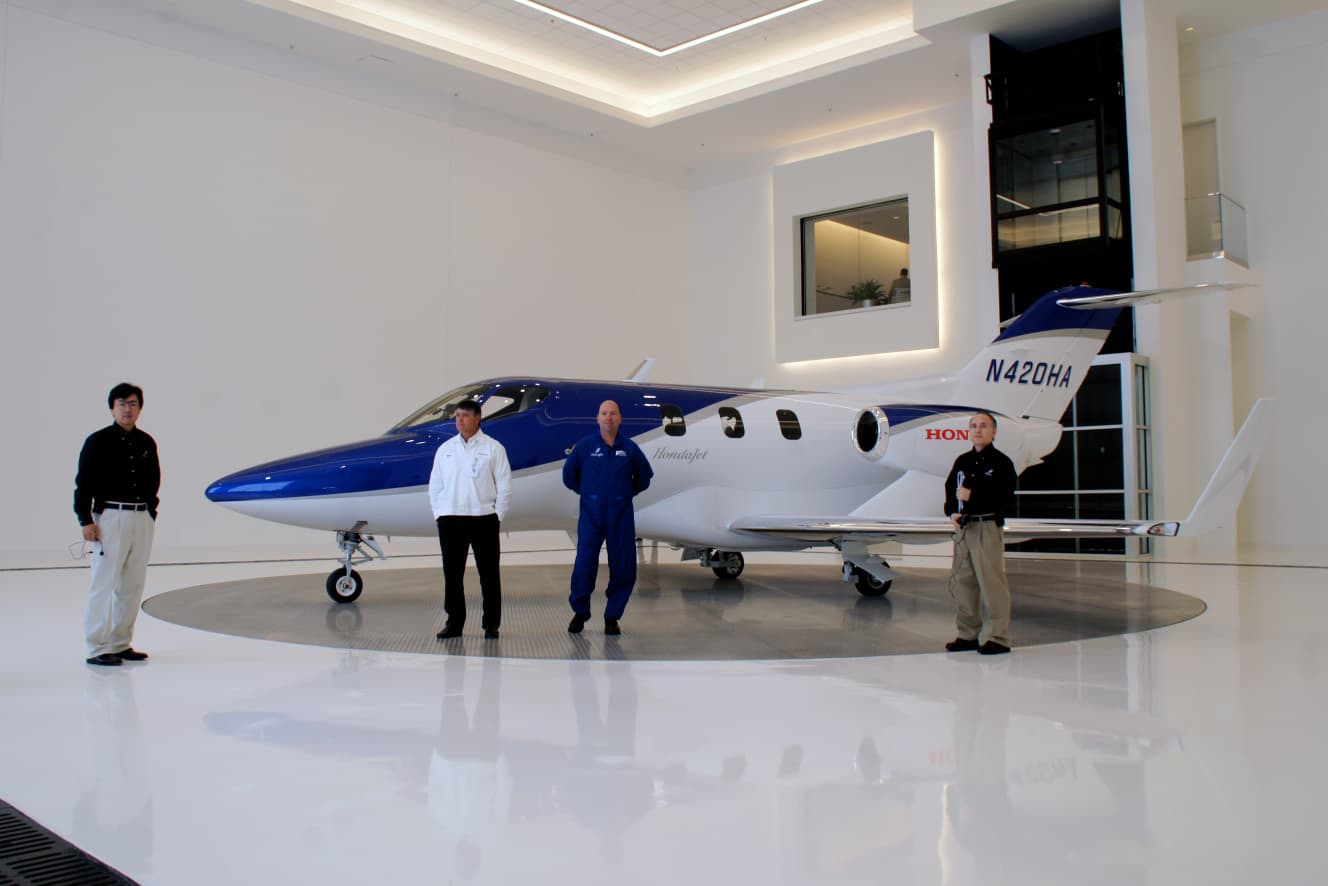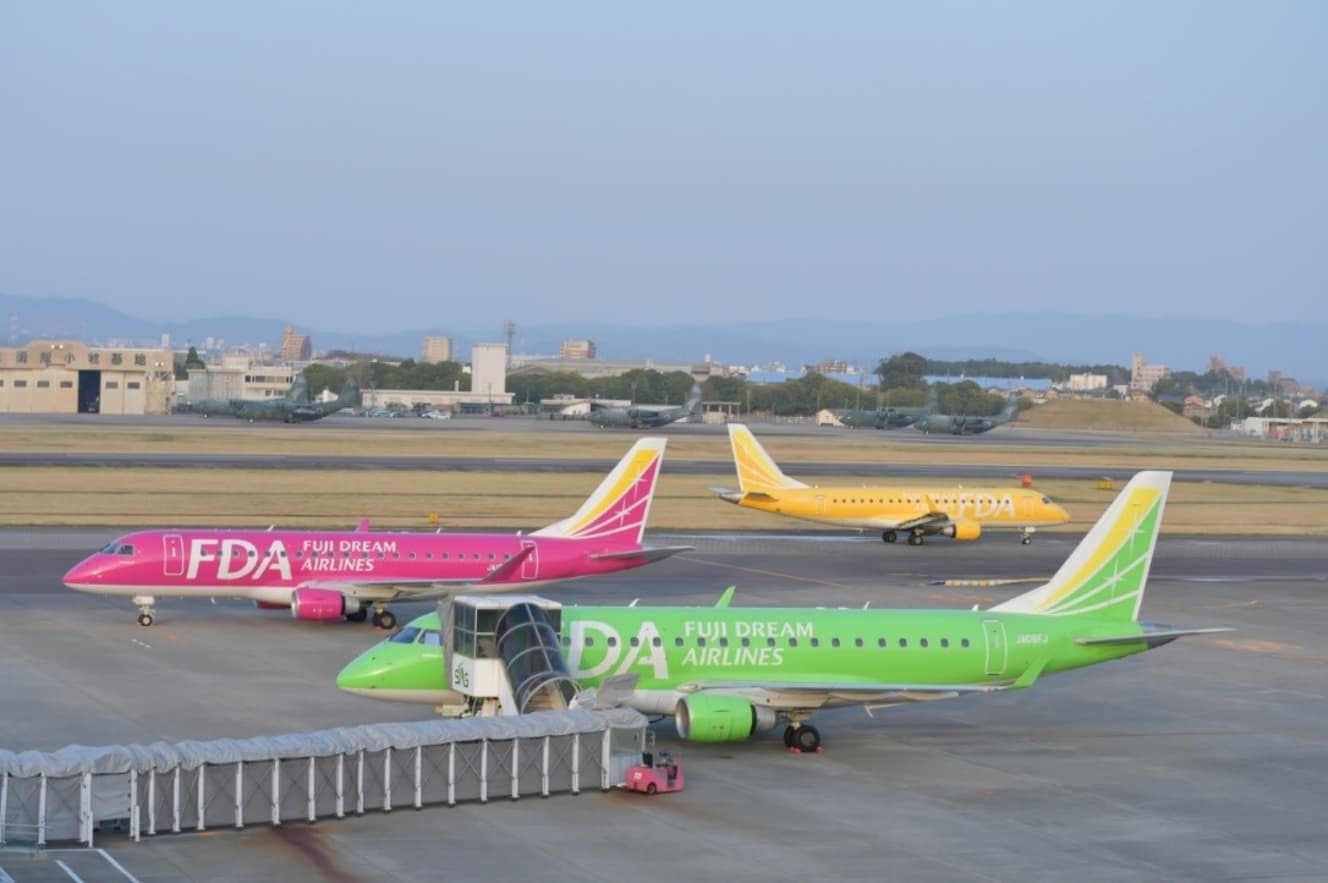The editor-in-chief died in a plane crash– Japan’s oldest aviation magazine ended its 72-year history. A Look Back with Rare Images
First published in 1951. From passenger planes to fighter planes. A monthly magazine covering all aviation genres.
Aviation Information (Sequirey), the first postwar monthly magazine specializing in aviation, ceased publication with its December 2023 issue (October 20), No. 963.
“The monthly magazine Aviation Information focused on manufacturers, airlines, the aviation industry, military defense, space, and even plastic models,” he said.
Kenichi Sunohara, the editor-in-chief of the magazine, just finished proofreading the latest issue before the ceasing of publication.
He introduces the 72-year history of the magazine from its first issue to the present, as well as some of the most memorable events in the aviation industry and his thoughts after 46 years in the publishing industry, accompanied by now rare aerial photographs.
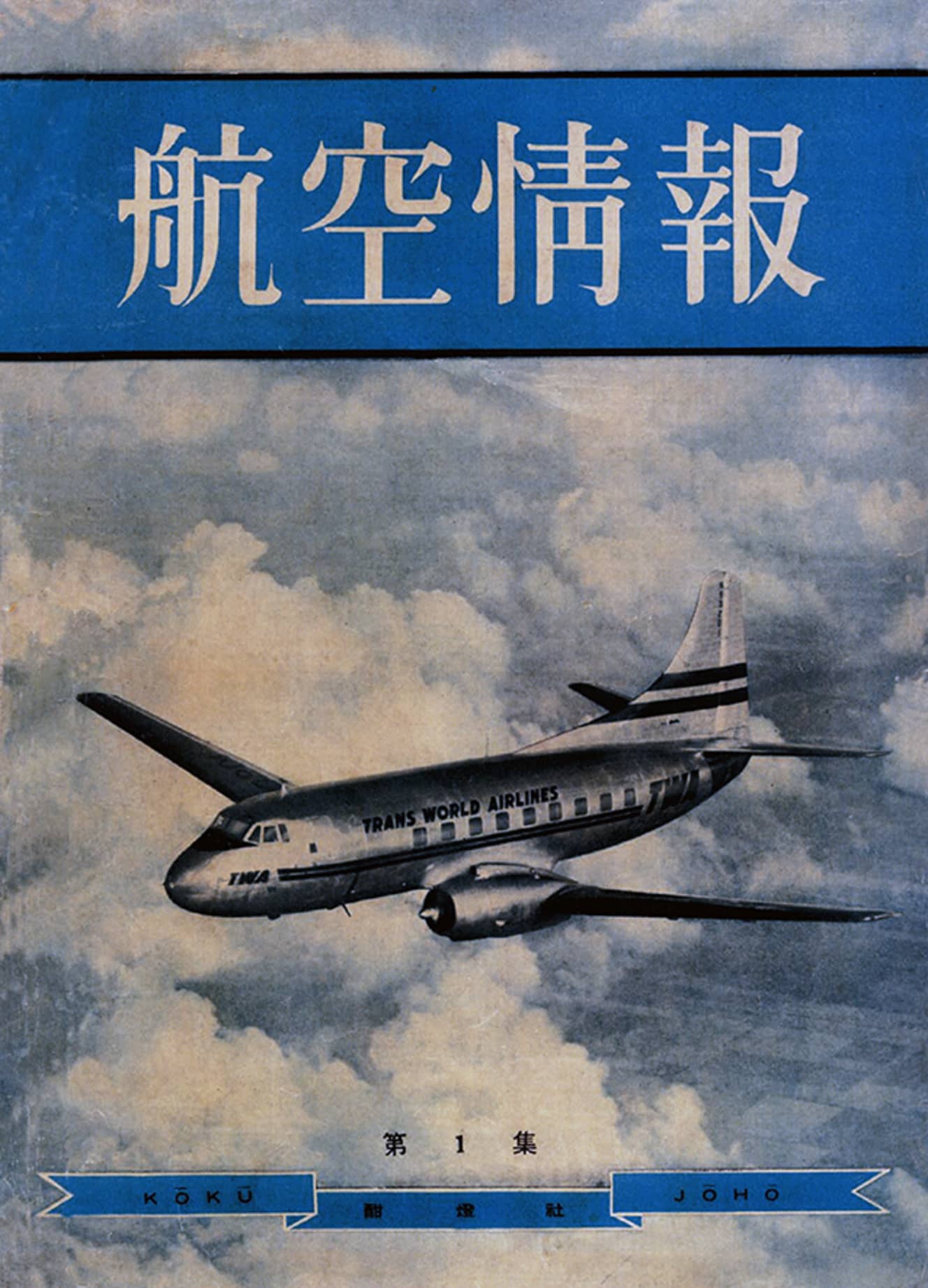
The first issue, published on the occasion of the lifting of the aviation ban by GHQ, was sold out on the same day.
After the defeat in World War II in 1945, the General Headquarters of the Supreme Commander of the Allied Powers (GHQ) issued an Aviation Prohibition Order, banning all activities related to aircraft for seven years, including aircraft production, repair, air transportation, education, and research. In 1951, when permission was granted for the resumption of aviation, the first issue of Aviation Information was published.
Over the years, Aviation Information has published a monthly magazine, the annual World Aircraft Yearbook,a mook book, and additional issues. As a medium that comprehensively covered not only passenger and fighter aircraft, but also helicopters, business jets, and all other types of aircraft, as well as airfields, bases, and other related information, it was a living guide to the postwar Japanese aviation industry.
At the time of the first issue, when the public was still hungry for print, the first issue sold out on the same day, and there are stories of the hardships involved in gathering information from printers and bookbinders to fulfill orders. In the editorial postscript to the second issue of the first issue, it is written that Japan Airlines has finally started to move.

In 1957, the chief editor and editor-in-chief at the time died in a plane crash.
However, on March 4, 1957, a C-46 Tenma on a scheduled flight from Tachikawa Air Base, Tokyo, crashed into the Nakaumi Sea, west of the runway, while attempting to land at Miho Air Base, Tottori. On board this flight, then chief editor Hitoshi Imai and then editor-in-chief Kazuo Baba died.
The editor-in-chief then became Eiichiro Sekikawa, a pioneer aviation critic. Chief Editor Sekikawa later became freelance in 1970, and was highly regarded as a leading expert in analyzing information on domestic and international aircraft accidents.
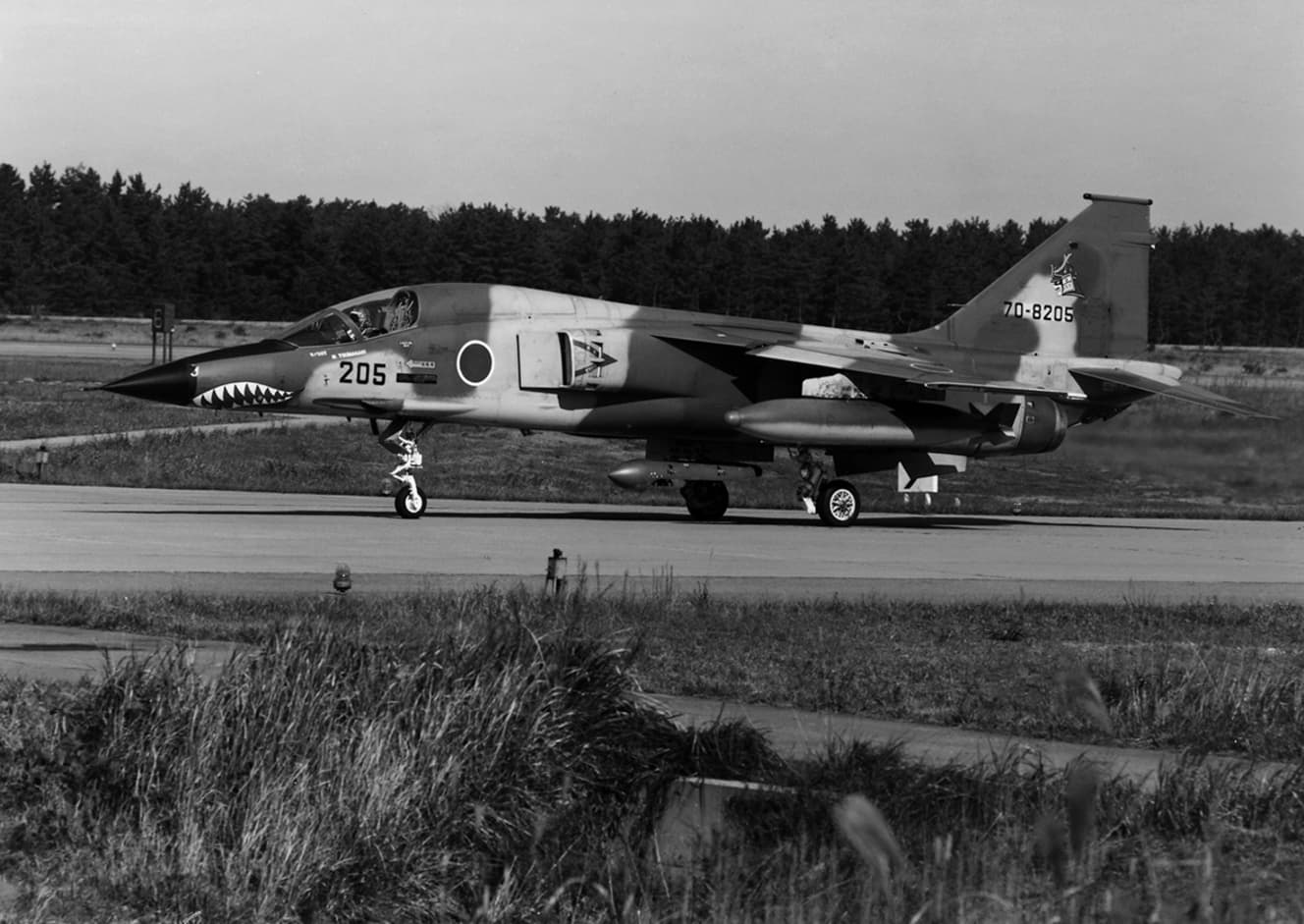
The F-1, which served in the Air Self-Defense Force, was Japan’s first independently developed jet fighter. It was built by Mitsubishi Heavy Industries, Ltd. and made its first flight in June 1975. The 70-8205 in the image is an aircraft deployed at Komatsu Air Base in Ishikawa, Japan
16 years of Aviation Information and many memorable interviews.
Mr. Haruhara, the current editor-in-chief, has been with the magazine since 2007 and has been involved in editing Aviation Information. Including the years before that, his editing career has spanned 46 years, and he has always been at the forefront of the industry.
In his 16 years of reporting and editing for Aviation Information, we asked him to name some of the most memorable interviews he has done. First, in July 2011, he covered the Honda Jet (HJC) headquarters.
“HJC invited me to cover the event, and I flew to Greensboro Airport in North Carolina, where HJC’s headquarters is located, via Chicago, USA.”
“Immediately after our arrival, we were given a lecture by President Michimasa Fujino on the development of the jet, and immediately began a tour of the factory. I still remember the clean lines of the HondaJet that I saw during the tour.”
“On the second day of the interview, each company was given 30 minutes each to interview President Fujino. What I still vividly recall is the relationship of trust between President Michimasa Fujino and the FAA (Federal Aviation Administration). I think he deserves respect for the contacts he has made in the U.S. over the years.”
“When I asked him why he chose Greensboro as the base for aircraft development, he gave me a clear answer: ‘This used to be a place where the furniture industry thrived, a good location for manufacturing, and there are no labor unions'” (Kenichi Haruhara, Editor in Chief).

He also told us about an episode in November 2013 when he covered Aeroflot Russian Airlines, which is now extremely difficult to visit.
“In November 2013, I flew to Moscow’s Sheremetyevo Airport and asked the then branch manager, who I had become friendly with during the interview, if I would like to fly on the Sukhoi Superjet, which was jointly developed by Russian aircraft manufacturers. I received an immediate response, ‘Two months from now, please.’”
“I remember that the PR lady in charge of Sheremetyevo Airport at the time spoke excellent Japanese and was a Japanophile who loved Hayao Miyazaki’s works. I still have fond memories of being granted permission to enter the restricted area at the airport in early winter and being able to take photos for about three hours.”
“The next day, we visited the Aeroflot Museum and saw an exhibition on joint operations with JAL, and finally boarded the Sukhoi Superjet on the third day, but the entire flight was canceled due to the crash of Tatarstan Airlines Flight 363 the day before at Kazan International Airport in the Republic of Tatarstan, the destination of the flight.”
“We changed our schedule to a sightseeing tour of Kazan and took the Aero-Express, which had just opened from the airport, to the city. I will never forget the kindness of the Russians during this series of interviews.”
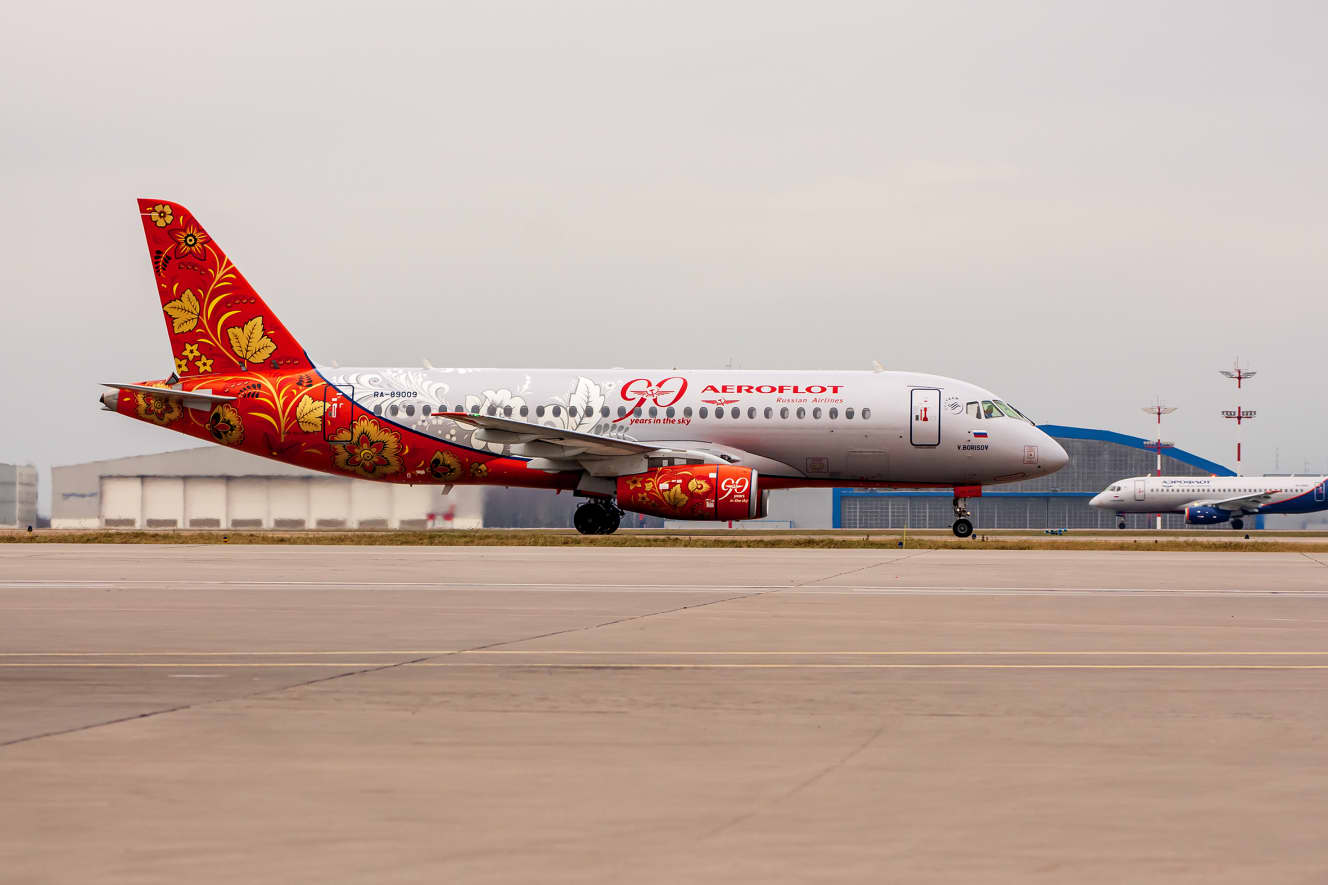
He also has fond memories of the ceremony held in October 2015 to celebrate the receipt of Finnair’s first A350 XWB.
He said, “Only two companies from Japan went there for coverage: the online media and Aviation Information. I still remember that I had the opportunity to interview the president of Finnair on the flight from Helsinki to Toulouse, and his tie was Marimekko.”
“What made me most happy was that the press release was in a Marimekko tote bag. Many people did not take it home, so I received more as a souvenir, and when I returned home and gave it as a gift to the PR people who had been helping me on a daily basis, they were very pleased (laughs).”
(Laughs) “However, it was a pity that the PR person at Finnair’s head office who had helped me with my interviews at COVID-19 crisis had retired.”

Impressive Events for the Japanese Airline Industry
When asked to name some of the most memorable events in the airline industry, the first one that came up was the collapse of Japan Airlines (JAL) in 2010.
“It was a huge shock to me,” he recalls.
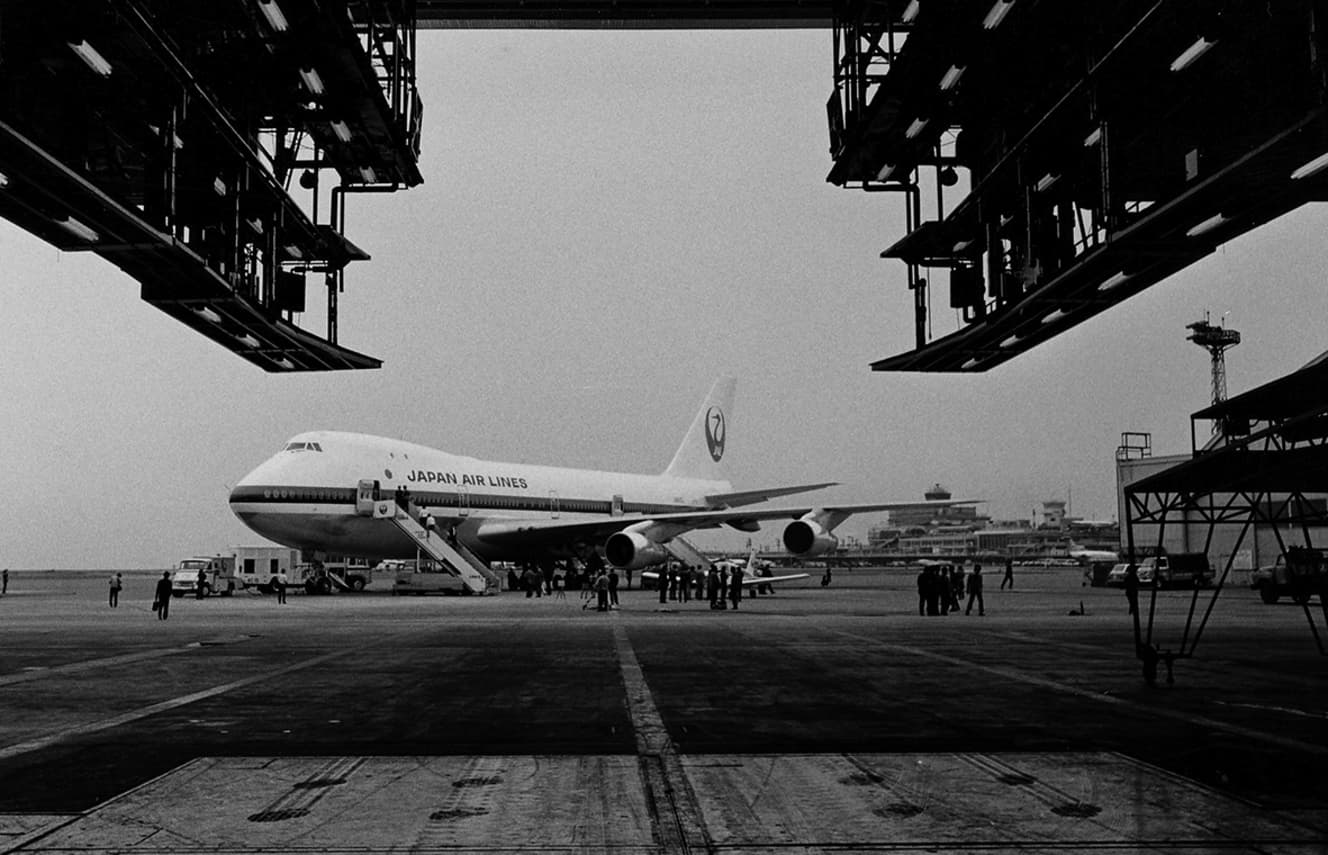
In 1987, with a single word from Shintaro Ishihara, then Minister of Transportation, JR and Keisei Railways began service to a station directly connected to the airport, which was also a landmark event. It was a milestone, he said.” Ishihara, who passed away in 2010, also famously said, “Transportation is access to civilization.
He was also impressed by Fuji Dream Airlines (FDA), which was established in 2008 as a regional airline and started operations the following year, and its subsequent growth.
The aircraft was launched by Mr. Yohei Suzuki (current FDA Chairman) of Suzuyo, a logistics company in Shizuoka, and went into service in conjunction with the opening of Shizuoka Airport in ’09.
“The color of each aircraft is different (only the No. 4 and No. 11 aircraft are the same green), and we have been actively operating regional routes and charter flights by taking advantage of the characteristics of small jets, which is a move not seen in other airlines. I am very proud of that.”
The long-running magazine ceases publication. The “shift away from print” is accelerating among all generations, and not only magazines, but also newspapers and books, continue to suffer. Bookstores are closing one after another across the country. The first issue of “Aviation Information” was transferred to Sekireisha in 2002, following the bankruptcy of the publisher at the time of its inception, Pitaku Tousha.
The paper media offers the pleasure of turning the pages, the beauty of graphic design, and the beauty of typefaces, which cannot be experienced on the Internet. I feel a sense of sadness when I think that the number of people who don’t know about paper media will increase, and I can only realize that the times are changing.
The December 2011 issue of “Aviation Information” is available at major bookstores nationwide and on the Internet. Back issues are also available while supplies last. The publication of Official X (formerly Twitter) and the World Aircraft Yearbook will continue.

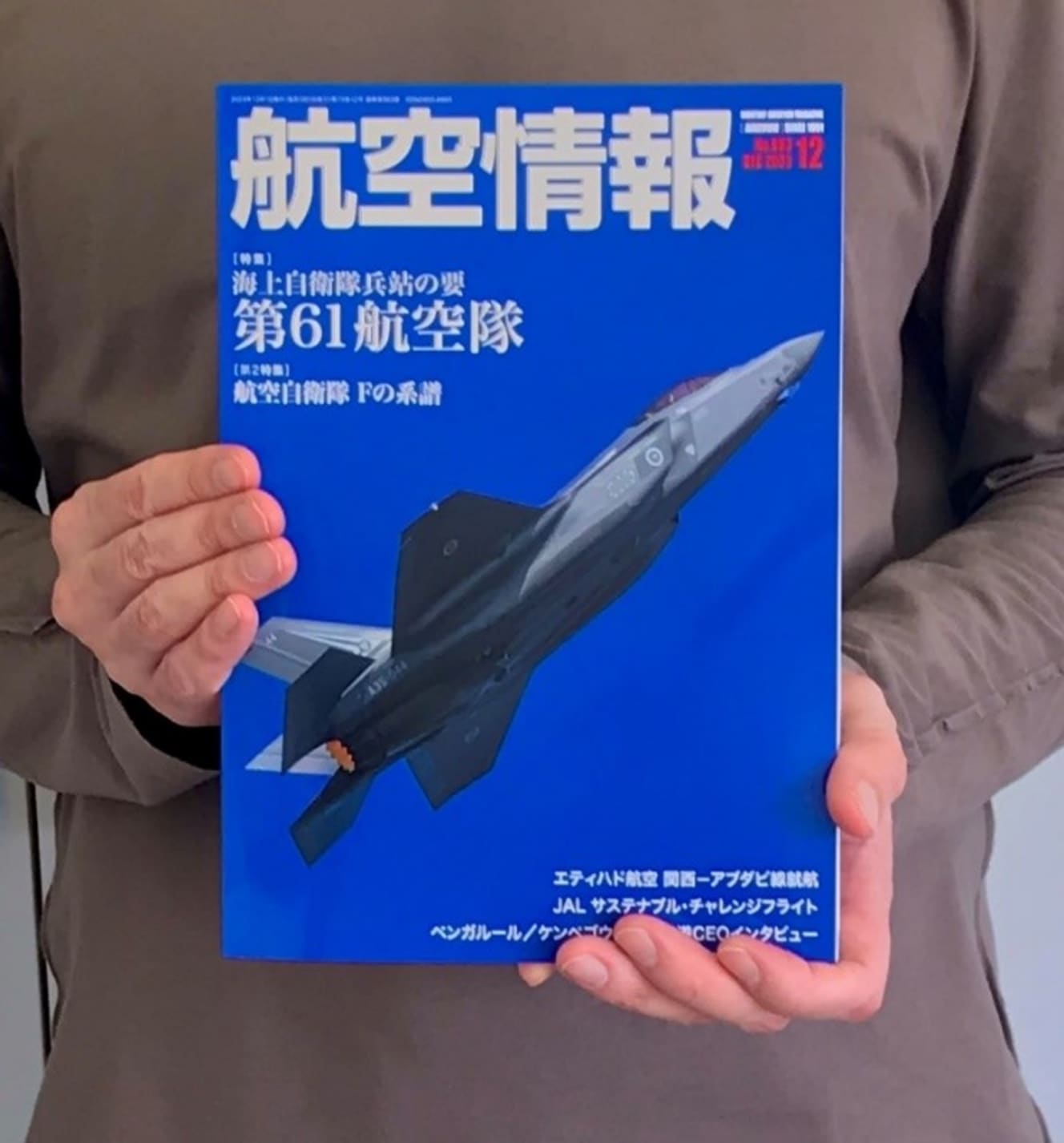
Official website of “Monthly Aviation Information
Monthly “Aviation Information” Official X
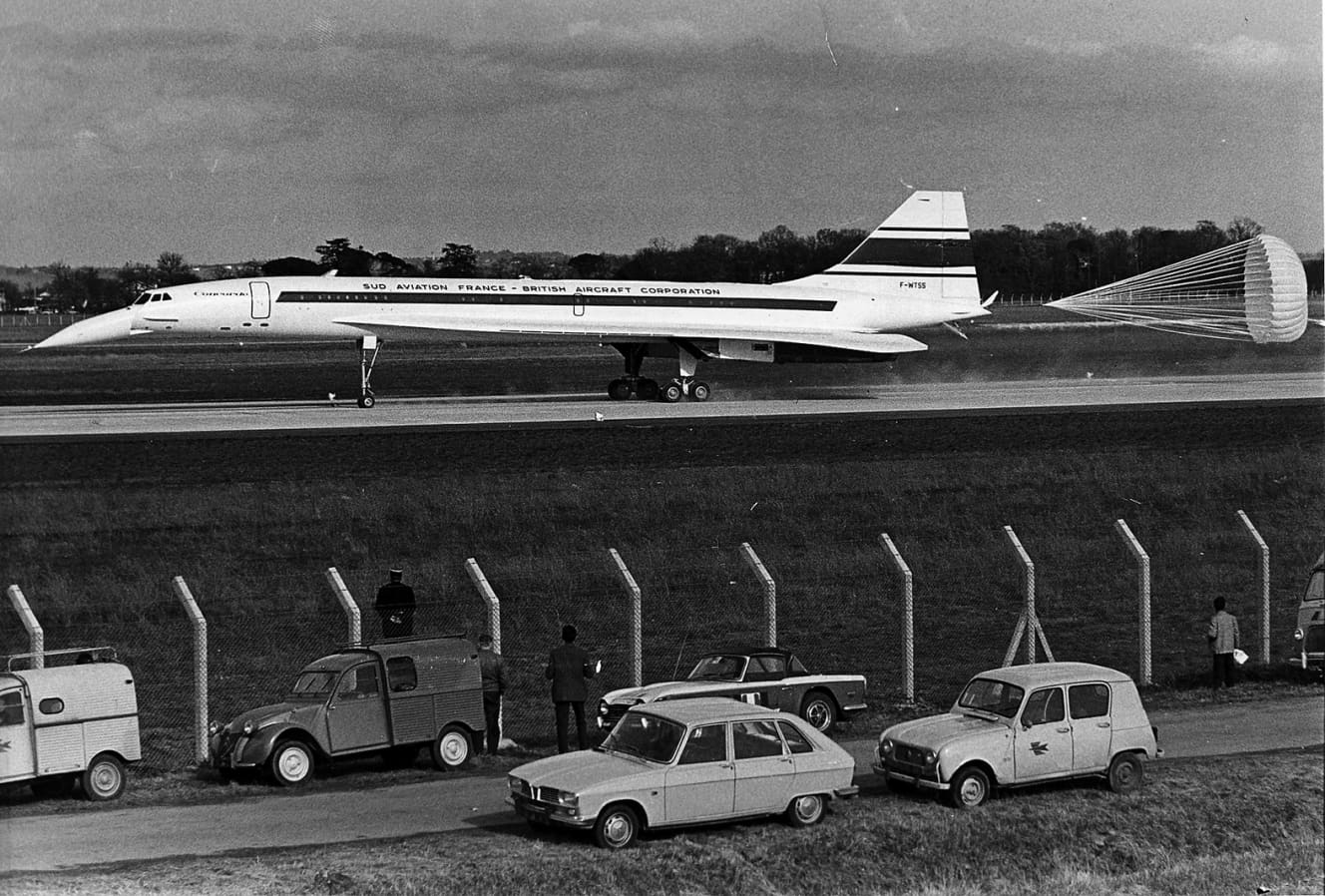

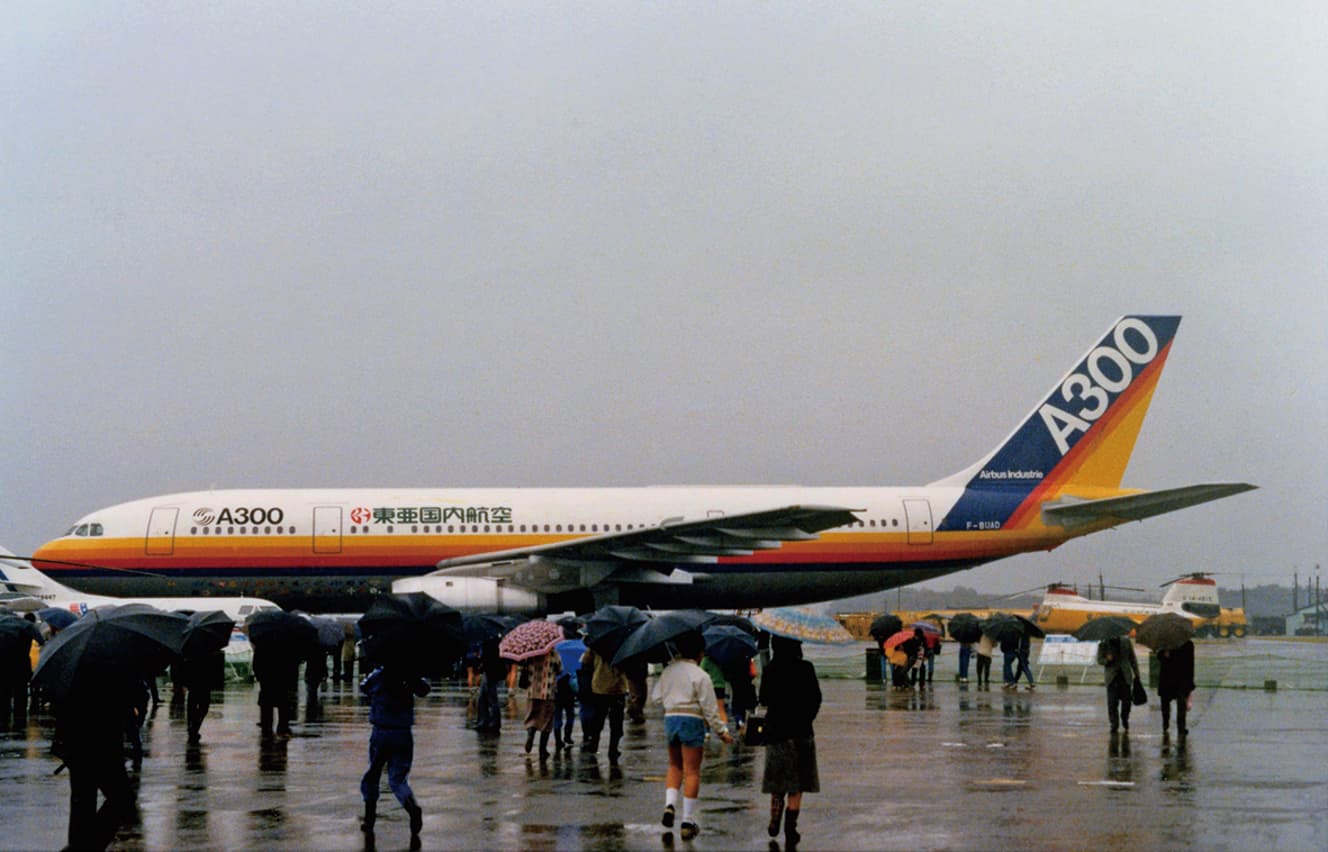
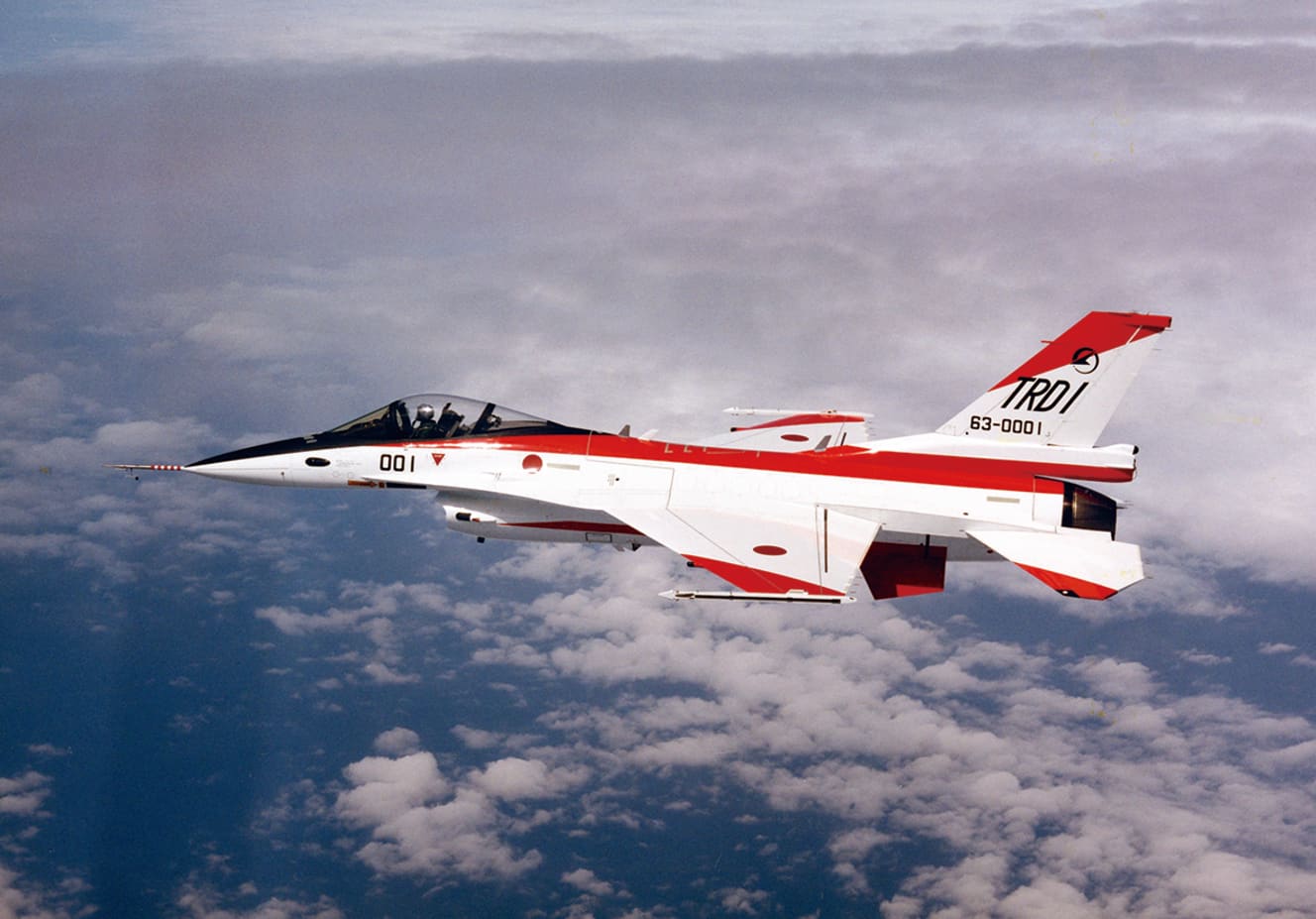

Interview and text by: Aki Shikama
